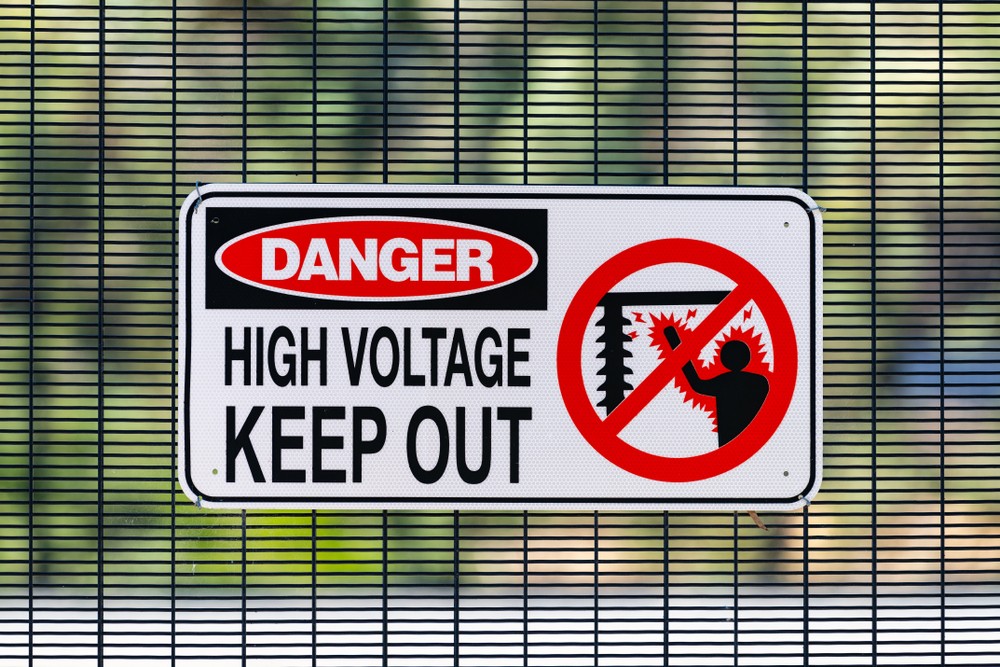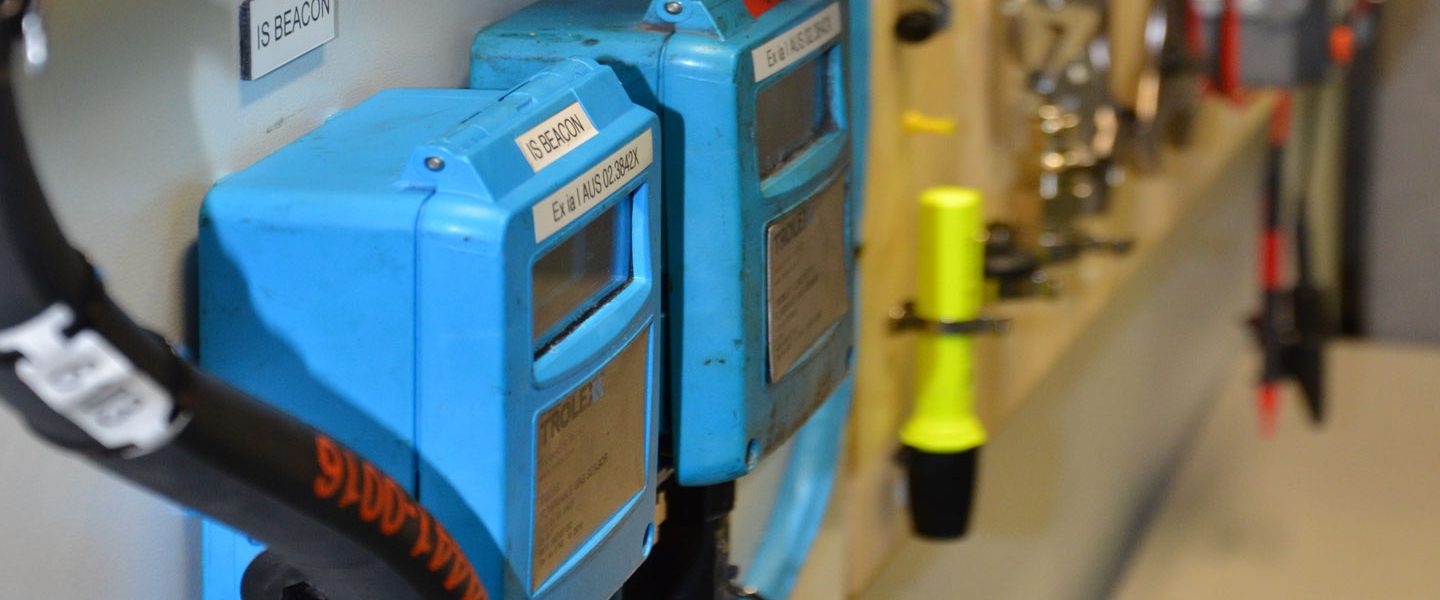Roar Solutions Can Be Fun For Everyone
Roar Solutions Can Be Fun For Everyone
Blog Article
About Roar Solutions
Table of ContentsNot known Details About Roar Solutions Not known Facts About Roar SolutionsThe Definitive Guide to Roar Solutions
In order to secure installments from a prospective surge an approach of evaluating and identifying a possibly harmful area is needed. The purpose of this is to make certain the proper choice and installation of equipment to inevitably avoid a surge and to guarantee security of life.
(https://thomascarrillo4740.wixsite.com/roar-solutions/post/everything-you-need-to-know-about-the-eeha-certificate-and-training)
No equipment should be set up where the surface area temperature of the devices is above the ignition temperature level of the provided risk. Below are some common dirt unsafe and their minimal ignition temperature. Coal Dust 380C 225C Polythene 420C (melts) Methyl Cellulose 420C 320C Starch 460C 435C Flour 490C 340C Sugar 490C 460C Grain Dust 510C 300C Phenolic Resin 530C > 450C Aluminium 590C > 450C PVC 700C > 450C Soot 810C 570C The chance of the threat being present in a focus high enough to cause an ignition will certainly differ from place to area.
In order to classify this danger an installment is divided right into areas of risk relying on the quantity of time the hazardous exists. These areas are described as Areas. For gases and vapours and dusts and fibers there are three zones. Area 0 Zone 20 An unsafe atmosphere is highly likely to be present and might be existing for lengthy periods of time (> 1000 hours annually) and even constantly Zone 1 Area 21 A harmful ambience is feasible yet unlikely to be existing for long durations of time (> 10 450 C [842 F] A classification of T6 indicates the minimal ignition temperature level is > 85 C [185 F] Harmful area electrical tools possibly made for use in higher ambient temperatures. This would certainly showed on the ranking plate e.g. EExe II C T3 Ta + 60C( This implies at 60C ambient T3 will certainly not be exceeded) T1 T1, T2, T3, T4, T5, T6 T2 T2, T3, T4, T5, T6 T3 T3, T4, T5, T6 T4 T4, T5, T6 T5 T5, T6 T6 T6 A T Course ranking of T1 implies the optimum surface area temperature created by the tool at 40 C is 450 C. Assuming the linked T Class and Temperature rating for the tools are proper for the area, you can constantly make use of an instrument with an extra stringent Division ranking than needed for the location. There isn't a clear response to this question. It truly does rely on the kind of devices and what fixings require to be accomplished. Equipment with details test treatments that can't be done in the area in order to achieve/maintain 3rd party rating. Have to return to the factory if it is before the equipment's service. Area Fixing By Authorised Personnel: Complicated testing might not be called for nonetheless particular procedures might require to be complied with in order for the devices to keep its 3rd party score. Authorised personnel have to be utilized to do the job properly Fixing have to be a like for like replacement. New element have to be considered as a straight substitute needing no unique screening of the equipment after the repair is total. Each tool with a dangerous ranking ought to be reviewed individually. These are laid out at a high degree below, yet for more comprehensive info, please refer directly to the guidelines.
Unknown Facts About Roar Solutions
The tools register is a detailed data source of equipment records that consists of a minimum set of fields to identify each item's place, technological parameters, Ex lover classification, age, and ecological data. This info is vital for tracking and managing the tools effectively within unsafe locations. In contrast, for regular or RBI sampling evaluations, the grade will certainly be a combination of Thorough and Close inspections. The proportion of In-depth to Close examinations will certainly be established by the Equipment Danger, which is assessed based on ignition threat (the possibility of a source of ignition versus the possibility of a flammable environment )and the unsafe area classification
( Zone 0, 1, or 2). This variation will likewise affect the resourcing needs for job prep work. As soon as Whole lots are specified, you can create tasting plans based upon the example size of each Lot, which refers to the variety of arbitrary devices products to be checked. To establish the needed sample dimension, 2 elements require to be examined: the size of the Lot and the classification of evaluation, which suggests the degree of initiative that must be applied( lowered, typical, or enhanced )to the inspection of the Whole lot. By integrating the classification of inspection with the Great deal size, you can then establish the proper rejection requirements for an example, meaning the allowable number of malfunctioning things found within that sample. For more details on this process, please refer to the Energy Institute Guidelines. The IEC 60079 typical recommends that the maximum period between evaluations ought to not go beyond three years. EEHA assessments will likewise be performed beyond RBI campaigns as component of arranged maintenance and devices overhauls or repairs. These examinations can be credited towards the RBI sample sizes within the influenced Great deals. EEHA evaluations are conducted to recognize faults in electric tools. A weighted racking up system is essential, as a single tool may have numerous faults, each with varying degrees of ignition threat. If the combined score of both examinations is much less than two times the mistake score, the Whole lot is considered acceptable. If the Whole lot is still considered unacceptable, it has to undertake a full evaluation or reason, which might activate stricter examination procedures. Accepted Lot: The sources of any type of mistakes are determined. If a typical failing setting is discovered, additional devices might call for assessment and repair. Faults are classified by intensity( Safety, Stability, House cleaning ), ensuring that immediate issues are analyzed and addressed quickly to reduce any effect on safety or procedures. The EEHA database need to track and tape the lifecycle of mistakes along with the restorative actions taken. Carrying out a robust Risk-Based Examination( RBI )technique is critical for making sure compliance and safety in taking care of Electric Tools in Hazardous Locations( EEHA) (eeha courses). Automated Fault Rating and Lifecycle Administration: Effortlessly take care of mistakes and track their lifecycle to improve assessment precision. The intro of this support for risk-based assessment further reinforces Inspectivity's position as a best-in-class solution for governing compliance, as well as for any type of asset-centric examination usage instance. If you have an interest in discovering extra, we invite you to request a demo and find exactly how our solution can transform your EEHA monitoring procedures.
Roar Solutions Fundamentals Explained

In terms of eruptive risk, a hazardous area is an atmosphere in which an explosive ambience is present (or may be anticipated to be existing) in amounts that call for special precautions for the construction, installation and use devices. high voltage courses. In this article we discover the difficulties faced in the work environment, the danger control actions, and the called for expertises to work securely
It is a repercussion of modern life that we manufacture, keep or deal with a variety of gases or liquids that are deemed combustible, and an array of dusts that are regarded combustible. These compounds can, in specific conditions, create explosive atmospheres and these can have significant and awful repercussions. Most of us are acquainted with the fire triangular eliminate any type of one of the 3 components and the fire can not happen, but what does this mean in the context of dangerous areas? When breaking this down right into its easiest terms it is basically: a mix of a certain quantity of launch or leak of a particular compound or product, blending with ambient oxygen, and the presence of a source of ignition.
In most circumstances, we can do little concerning the levels of oxygen airborne, yet we can have significant impact on resources of ignition, as an example electrical devices. Dangerous areas are documented on the unsafe location category drawing and are recognized on-site by the triangular "EX-SPOUSE" indicator. click for source Here, among other essential info, zones are split into 3 kinds relying on the hazard, the probability and period that an explosive ambience will certainly exist; Zone 0 or 20 is regarded the most dangerous and Area 2 or 22 is regarded the least.
Report this page